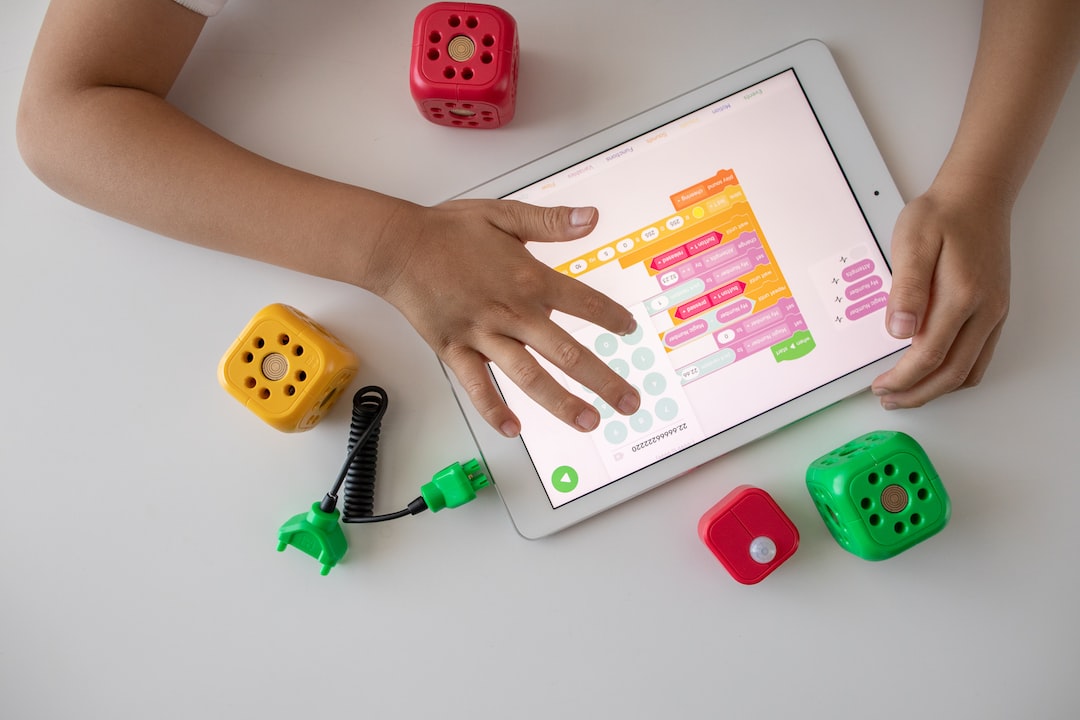Promoting Creativity in the Classroom
Creativity is an essential skill that plays a vital role in the personal and professional growth of individuals. It allows us to think outside the box, find innovative solutions to problems, and express ourselves in unique and creative ways. Unfortunately, traditional classroom settings often prioritize rote memorization and standardized testing, leaving little room for fostering creativity. In this blog post, we will explore effective strategies to promote creativity in the classroom, creating an environment that encourages imagination, critical thinking, and artistic expression.
Firstly, it is important for educators to acknowledge and appreciate the diverse talents and strengths of their students. Every student has a unique set of skills and interests, and it is crucial to provide them with opportunities to explore and excel in those areas. Teachers should encourage students to pursue their passions, whether it be through writing, painting, music, or any other creative outlet. By creating a classroom culture that values and celebrates individuality, students will feel inspired to unleash their creative potential.
Additionally, incorporating hands-on and experiential learning activities can significantly boost creativity among students. Conventional lectures and textbooks can often stifle imagination and limit cognitive engagement. Instead, educators should actively seek ways to create interactive learning experiences that encourage students to think critically and solve problems in innovative ways. For instance, organizing group projects, experiments, or field trips can expose students to new perspectives, stimulating their creative thinking.
Moreover, technology can serve as a powerful tool for promoting creativity in the classroom. With the advent of digital platforms, students can explore and interact with a wealth of information and resources, fueling their creative endeavors. Teachers can leverage technology to incorporate multimedia elements into their lessons, such as videos, animations, and digital storytelling. Additionally, online platforms can provide opportunities for collaboration and creative expression, such as creating blogs, producing podcasts, or designing websites. By embracing technology, educators can harness its potential to inspire and engage students in creative pursuits.
Furthermore, it is crucial to cultivate a safe and supportive environment where students feel comfortable taking risks and sharing their ideas. Fear of judgment or failure can often inhibit creativity. Hence, educators should provide constructive feedback that encourages students to improve and grow, rather than focusing solely on grades. Creating an atmosphere of trust and respect allows students to be more open to exploring unconventional ideas, fostering their creative thinking process.
Lastly, embedding creative thinking into the curriculum can significantly impact students’ overall learning experience. Educators should incorporate creative exercises, projects, or assignments that encourage students to think critically, problem-solve, and express themselves creatively. For instance, instead of traditional worksheets, students can be asked to create a visual representation or a multimedia presentation to demonstrate their understanding of a topic. By designing lessons that prioritize creativity, educators not only promote artistic expression but also enhance students’ analytical thinking and communication skills.
In conclusion, promoting creativity in the classroom is essential to prepare students for the challenges and opportunities of the 21st century. By embracing a diverse range of talents, providing hands-on learning experiences, leveraging technology, fostering a supportive environment, and embedding creativity into the curriculum, educators can inspire and empower students to think creatively, effectively setting them on a path to success both inside and outside the classroom. Ultimately, the promotion of creativity in education lays the foundation for a brighter, more innovative future.

